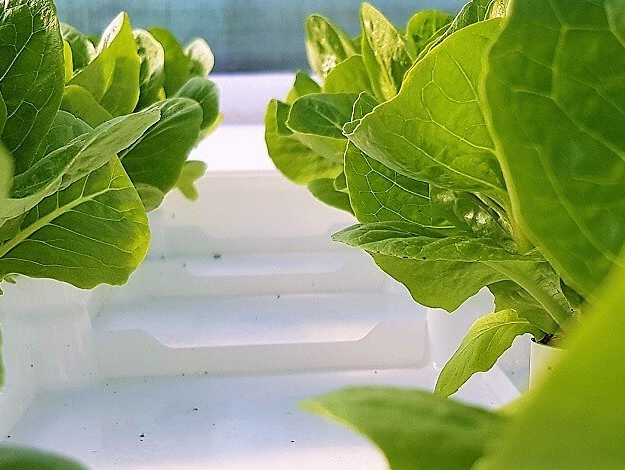Floating Raft
Home > Hydroponics Growing System > Floating Raft
Floating Raft 20 Specifications
Sustainable & Efficient
Botman Hydroponics offers the very best in cultivation on water. The thoughtfully designed growing system offers a powerful concept of minimal investment with maximum return.
The Floating Raft is specially designed for growing leafy greens, herbs and lettuce heads hydroponically in a food-safe manner.
Size
1095 x 825 mm
Density
22 /m²
Material
Food-safe HDPE
Colour
White
About
Cultivation on the Floating Raft
Botman Hydroponics has developed an innovative system for the efficient and sustainable greenhouse-based production of hydroponic crops – from germination / propagation (e.g. in a vertical farming setup under LED lighting) right through to harvesting.
The Botman Hydroponics Floating Raft is being used at the cultivation phase, and therefore the most important phase of the Botman Hydroponics Deep Water Culture (DWC) system. The Floating Raft is specially designed for growing leafy crops and herbs hydroponically in a food-safe manner.
Details
The Floating Raft is designed for the cultivation of crops on a lower density (22 /m²) in the greenhouse.
The Floating Raft is made of High-Density Polyethylene (HDPE). This high-quality smooth plastic is food-safe and easy to clean. Equipped with an unique 2D-matrix code on both ends of the Raft.
Method
After propagation, the young plants are transplanted directly into specially engineered injection-molded Floating Rafts made from food-safe plastics.
These are then floated on a layer of water (25-30 centimeters or 10-12 inches deep) in the greenhouse pond, allowing the plant roots to hang in the water.
The Sustainable Choice
Durable
Made of injection-molded, food safe HDPE and designed to last for years and years. Unlike rafts made of styrofoam, our Floating Raft doesn't have to be replaced every few years.
Good for the environment and good for the business case as well.
Biodegradable Plugs
Cultivation of the tastiest leafy greens, herbs and lettuce heads on biodegradable plugs. Different from unsustainable growing mediums like rockwool and soil blocks, our plugs are compostable.
Details
Automation Solutions
Either small or large, manual or fully automized, we offer solutions for every project size. Together with our partners, we can offer a wide range of automation solutions which will perfectly fit your project. Ask us about the possibilities.
Crops
Hydroponically grown crops on the Floating Rafts of the Botman Hydroponics Concept. A selection, but definitely not all, of the varieties that are grown on our hydroponic growing are shown below.
Explore and get inspired.
Lettuce Varieties
-
Little Gem
Cos lettuce is traditionally grown and eaten in southern European countries. Cos lettuce is also known as romaine lettuce or romaine. Mini cos lettuce (little gem) is becoming increasingly popular. Little gems are very convenient to use and taste somewhat sweet. They contain healthy nutrients such as beta carotene and vitamin C.
-
Batavia
Batavia lettuce resembles common head lettuce, but with strongly puckered leaves and a wavy leaf edge. There are light green, but also reddish-brown varieties. It is the French precursor to the hardier American iceberg lettuce, only this lettuce variety is less crunchy. Like most lettuces, the taste of the Batavia is neutral.
-
Butterhead or Boston Lettuce
Good butterhead looks fresh in color. Butterhead lettuce is tender and soft in flavor.
-
Romaine
Romaine lettuce or is simply called Romaine, is a long head lettuce that belongs to the romaine lettuce type. The lettuce is often eaten in southern European countries. The lettuce grows straight up. The leaves are also somewhat firmer. Romaine lettuce is the lettuce in the authentic Caesar salad recipe.
When eaten raw, this lettuce tastes a little more strange than head lettuce and the leaves are a little firmer.
Romaine lettuce can not only be eaten raw (in salads) but also steamed or stewed. The taste of the steamed veins of romaine lettuce resembles that of asparagus.
-
Leaf Lettuce
-
Rucola or Rocket
Arugula or rocket (Eruca vesicaria / Eruca sativa) is an edible annual plant in the family Brassicaceae used as a leaf vegetable for its fresh, tart, bitter, and peppery flavor.
It is also called "ruchetta", "rucola", "rucoli", "rugula", "colewort", and "roquette". Eruca sativa, which is widely popular as a salad vegetable, is a species of Eruca native to the Mediterranean region.
-
Frisée
Frisée is a type of endive and is also called curly endive. This endive has a looser head, with thinner and curly incised leaves. The leaves have a fine texture. The heart of the head is yellow, the leaves on the outside are green. The frisée is somewhat more bitter than regular endive, especially the outer green leaves.
Herbs
-
Mint
Mentha (also known as mint) is a genus of plants in the family Lamiaceae (mint family). The species that make up the genus Mentha are widely distributed and can be found in many environments. Most grow best in wet environments and moist soils. Mints will grow 10–120 cm (4–48 inches) tall and can spread over an indeterminate area.
Mints are aromatic, almost exclusively perennial herbs. They have wide-spreading underground and overground stolons and erect, square, branched stems. The leaves are arranged in opposite pairs, from oblong to lanceolate, often downy, and with a serrated margin. Leaf colors range from dark green and gray-green to purple, blue, and sometimes pale yellow
-
Parsley
Parsley, or garden parsley (Petroselinum crispum) is a species of flowering plant in the family Apiaceae that is native to the central and eastern Mediterranean region, but has been naturalized elsewhere in Europe, and is widely cultivated as a herb, and a vegetable.
Parsley is widely used in European, Middle Eastern, and American cuisine. Curly leaf parsley is often used as a garnish. In central Europe, eastern Europe, and southern Europe, as well as in western Asia, many dishes are served with fresh green chopped parsley sprinkled on top. Flat leaf parsley is similar, but it is easier to cultivate, some say it has a stronger flavor. Root parsley is very common in central, eastern, and southern European cuisines, where it is used as a snack or a vegetable in many soups, stews, and casseroles.
-
Basil
Basil (Ocimum basilicum), also called great basil, is a culinary herb of the family Lamiaceae (mints). It is a tender plant, and is used in cuisines worldwide. In Western cuisine, the generic term "basil" refers to the variety also known as sweet basil or Genovese basil. Basil is native to tropical regions from Central Africa to Southeast Asia. In temperate climates basil is treated as an annual plant, however, basil can be grown as a short-lived perennial or biennial in warmer horticultural zones with tropical or Mediterranean climates.
-
Cilantro or Coriander
Coriander (Coriandrum sativum) is an annual herb in the family Apiaceae. It is also known as Chinese parsley, dhania, or cilantro. All parts of the plant are edible, but the fresh leaves and the dried seeds (which are both an herb and a spice) are the parts most traditionally used in cooking.
Most people perceive coriander as having a tart, lemon/lime taste, but to nearly a quarter of those surveyed, the leaves taste like dish soap, linked to a gene that detects some specific aldehydes that are also used as odorant substances in many soaps and detergents.
Coriander is native to regions spanning from Southern Europe and Northern Africa to Southwestern Asia.
It is a soft plant growing to 50 cm (20 in) tall. The leaves are variable in shape, broadly lobed at the base of the plant, and slender and feathery higher on the flowering stems.
-
Common Sage
Salvia officinalis, the common sage or just sage, is a perennial, evergreen subshrub, with woody stems, grayish leaves, and blue to purplish flowers. It is a member of the mint family Lamiaceae and native to the Mediterranean region, though it has been naturalized in many places throughout the world. It has a long history of medicinal and culinary use, and in modern times it has been used as an ornamental garden plant. The common name "sage" is also used for closely related species and cultivars.
-
Lemon Balm
Lemon balm (Melissa officinalis) is a perennial herbaceous plant in the mint family and native to south-central Europe, the Mediterranean Basin, Iran, and Central Asia.
The leaves have a mild lemon scent. The leaves are used as an herb, in teas, and also as a flavouring. The plant is used to attract bees for honey production. It is grown as an ornamental plant and for its oil (to use in perfumery). Lemon balm has been cultivated at least since the 16th century.
Other crops
-
Green Beans
Green beans are young, unripe fruits of various cultivars of the common bean.
Green beans are known by many common names, including French beans (or the French: haricot vert), string beans, and snap beans or simply snaps.
They are distinguished from the many other varieties of beans in that green beans are harvested and consumed with their enclosing pods, before the bean seeds inside have fully matured.
As common food in many countries, green beans are sold fresh, canned, and frozen. They can be eaten raw or steamed, boiled, stir-fried, or baked. They are commonly cooked in other dishes, such as soups, stews, and casseroles. Green beans can be pickled, similarly to cucumbers.
-
Green or Spring Onions
Scallions (also known as spring onions or green onions) are vegetables derived from various species in the genus Allium. Scallions generally have a milder taste than most onions and their close relatives include garlic, shallot, leek, chive, and Chinese onions.
Although the bulbs of many Allium species are used as food, the defining characteristic of scallion species is that they lack a fully developed bulb. Instead the Allium species referred to as scallions make use of the hollow, tubular green leaves growing directly from the bulb. These leaves are used as a vegetable and can be eaten either raw or cooked. Often the leaves are chopped into other dishes and used as garnishes.
-
Bok Choy or Pak Choi
Bok choy, pak choi or pok choi (Brassica rapa subsp. chinensis) is a type of Chinese cabbage, used as food.
Chinensis varieties do not form heads and have green leaf blades with lighter bulbous bottoms instead, forming a cluster reminiscent of mustard greens. It has a flavor between spinach and water chestnuts but is slightly sweeter, with a mildly peppery undertone. The green leaves have a stronger flavor than the white bulb.
Lettuce Varieties
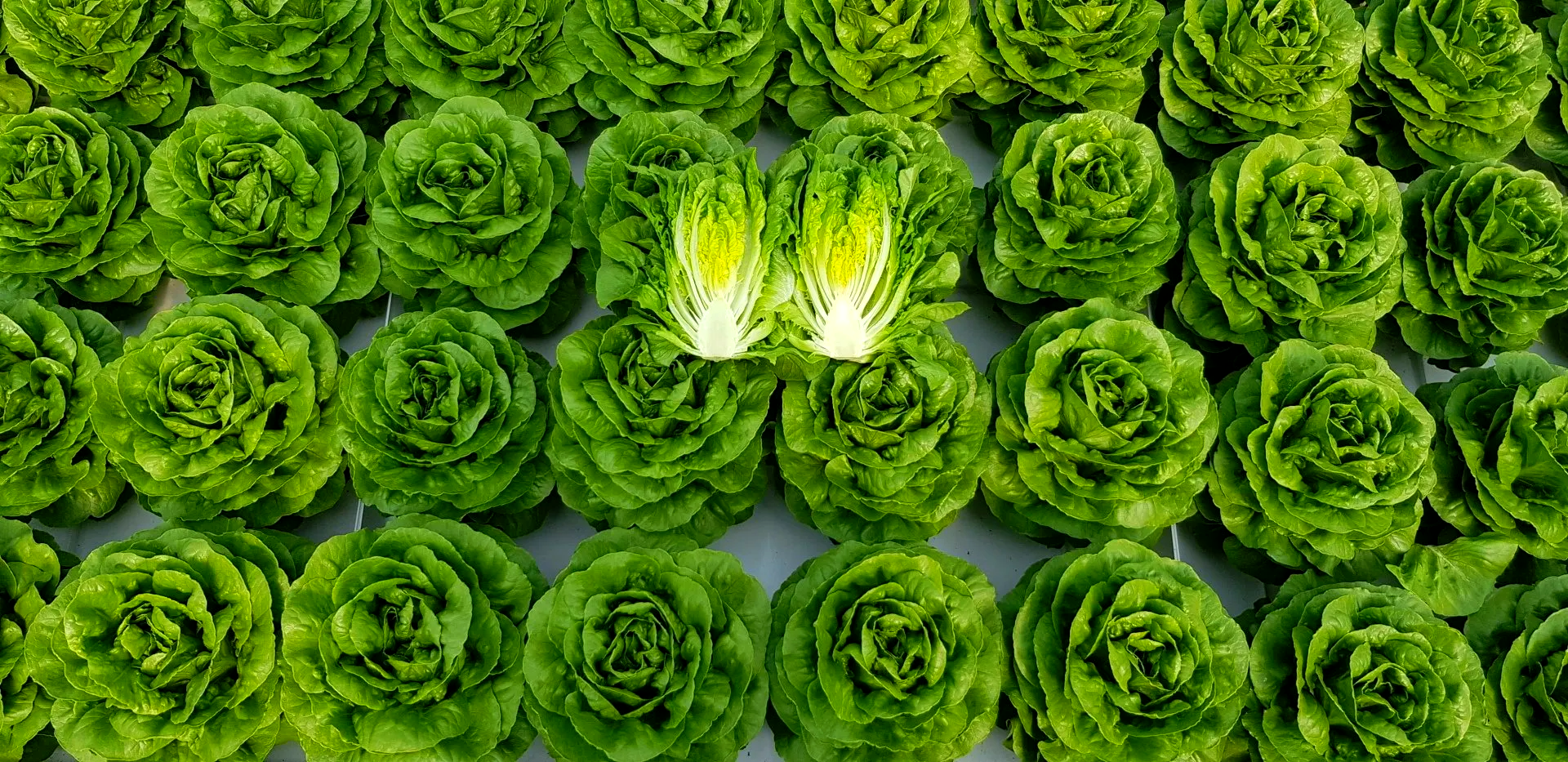
Little Gem
Schrijf uw onderschrift hierKnop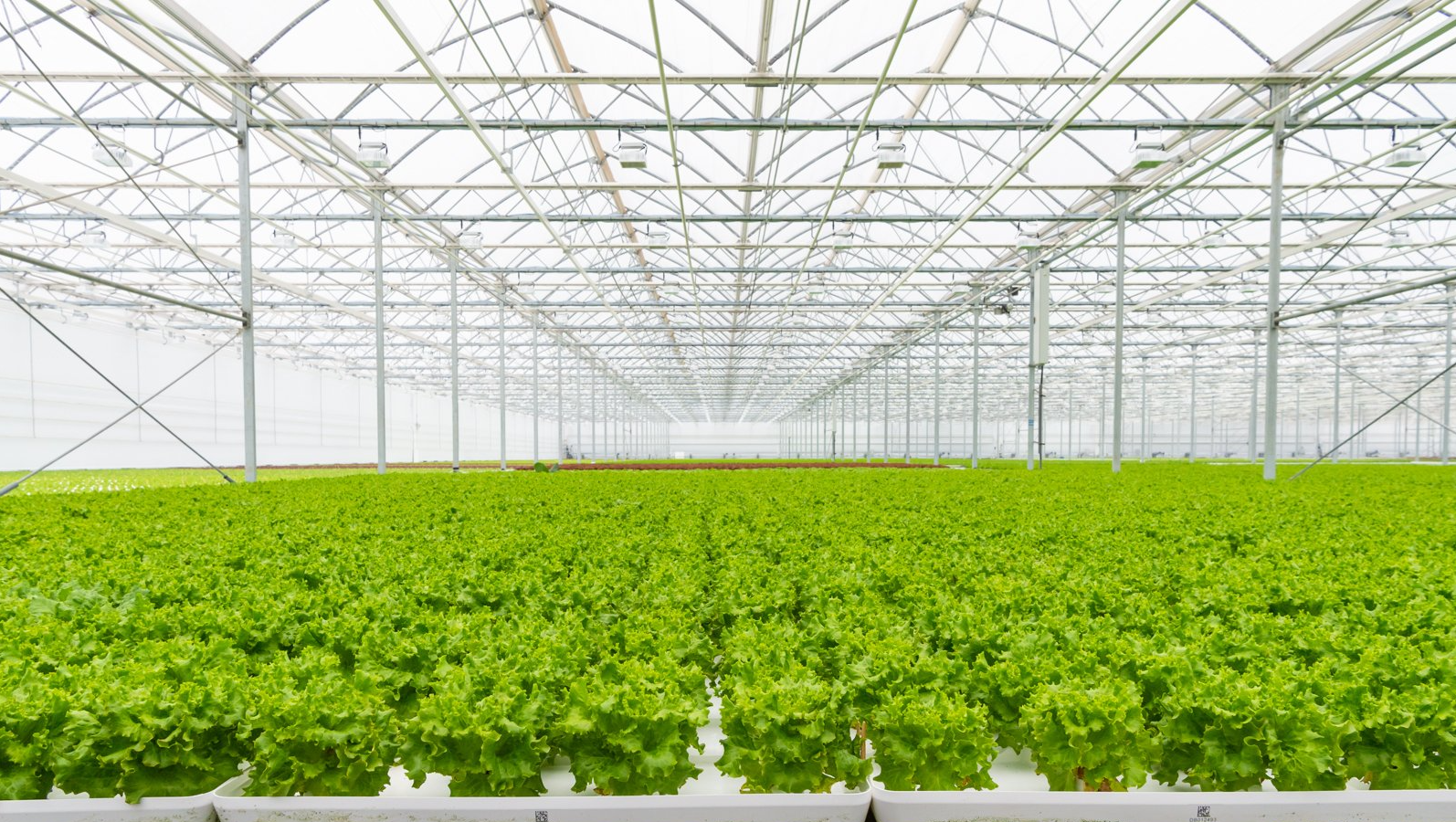
Batavia
Schrijf uw onderschrift hierKnop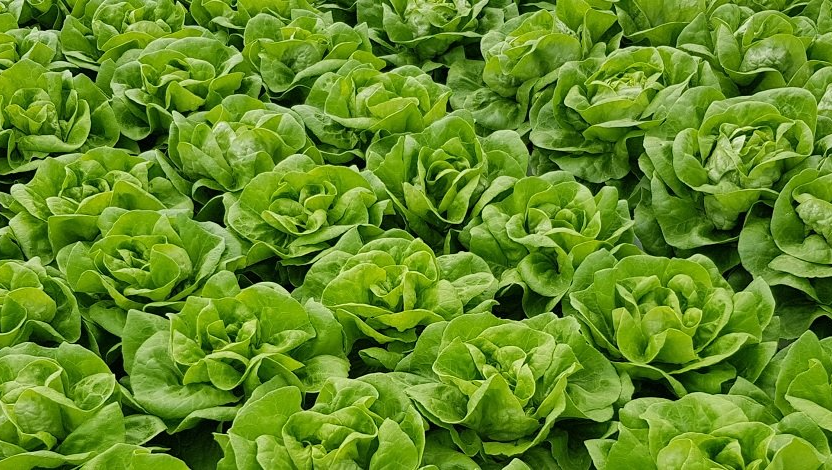
Butterhead / Boston
Schrijf uw onderschrift hierKnop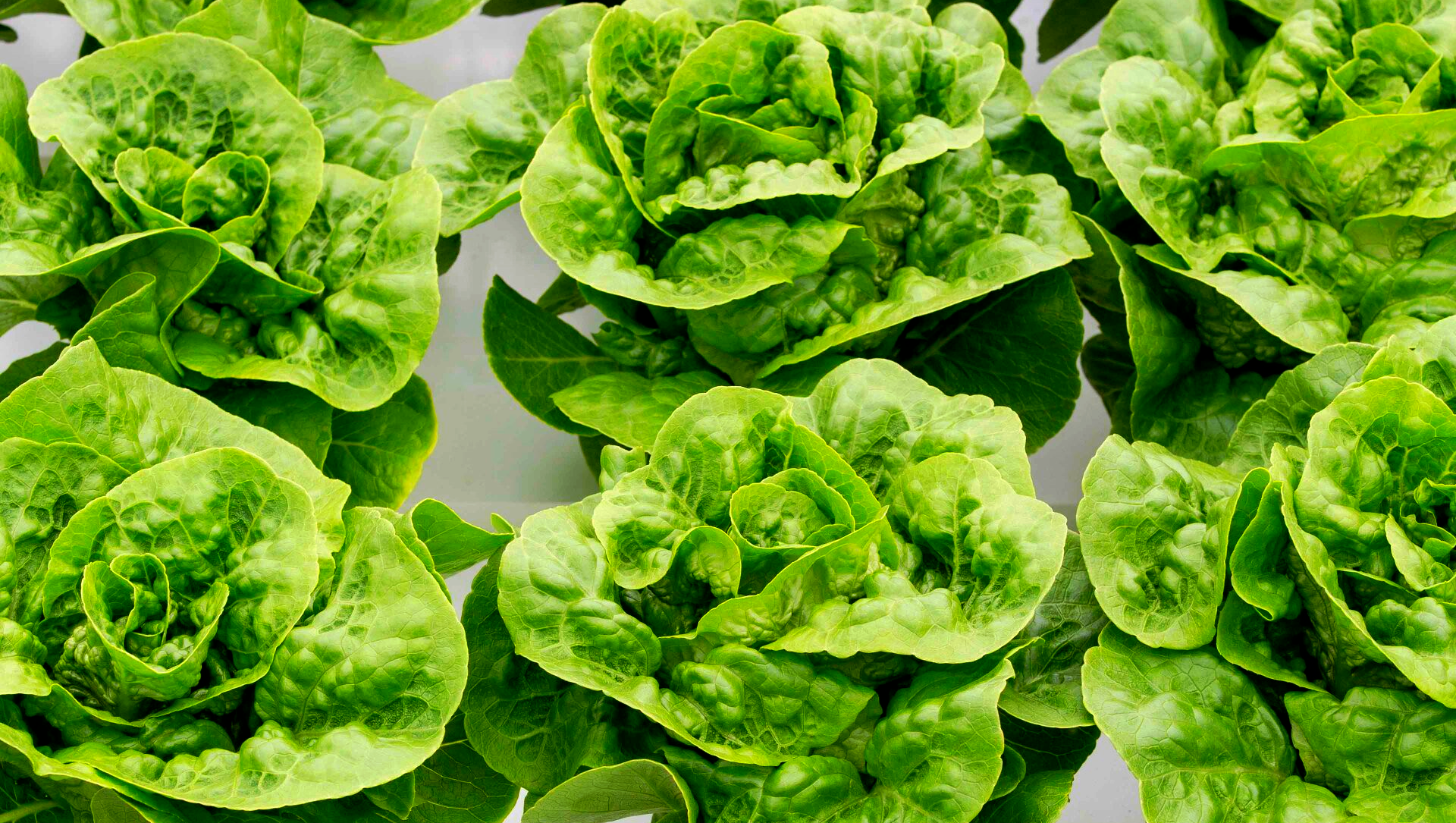
Romaine
Schrijf uw onderschrift hierKnop
Leaf Lettuce
Schrijf uw onderschrift hierKnop
Herbs
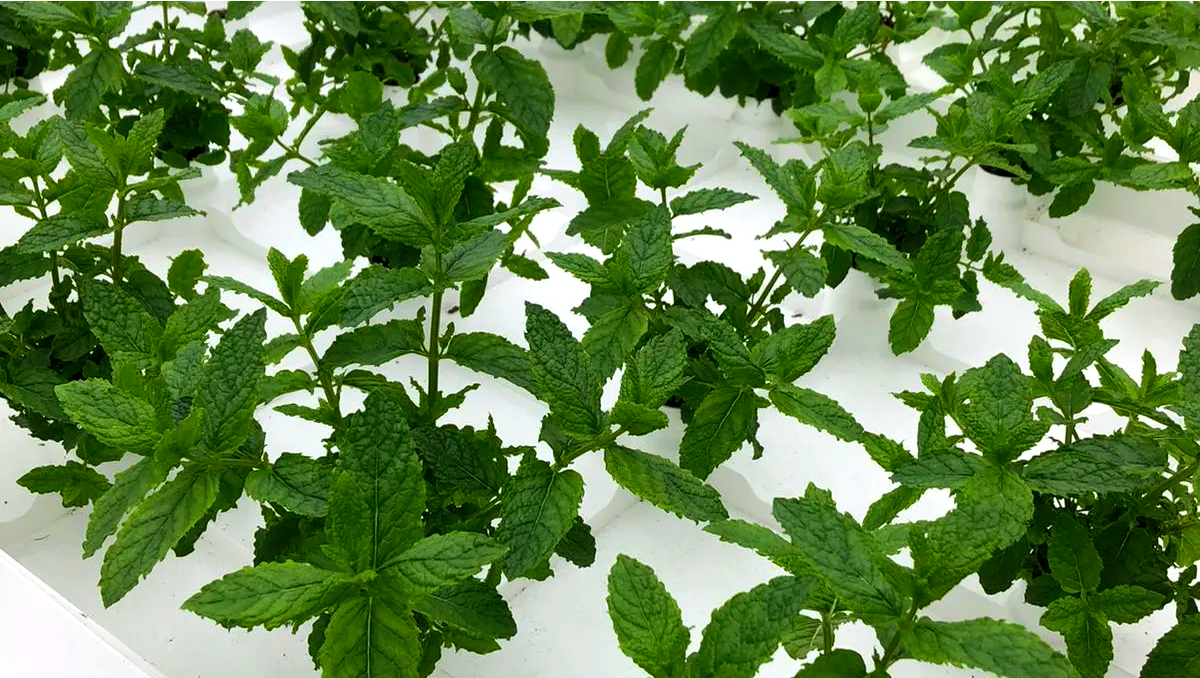
Mint
Schrijf uw onderschrift hierKnop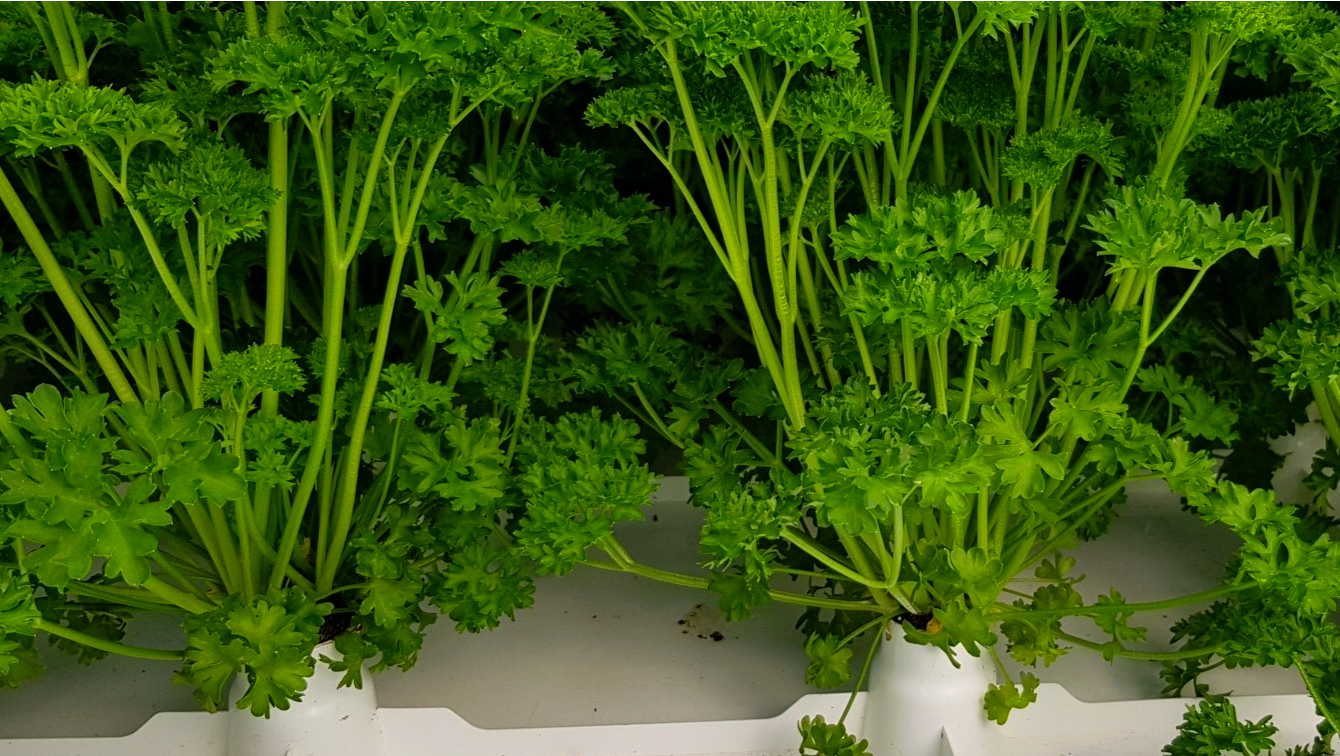
Parsley
Schrijf uw onderschrift hierKnop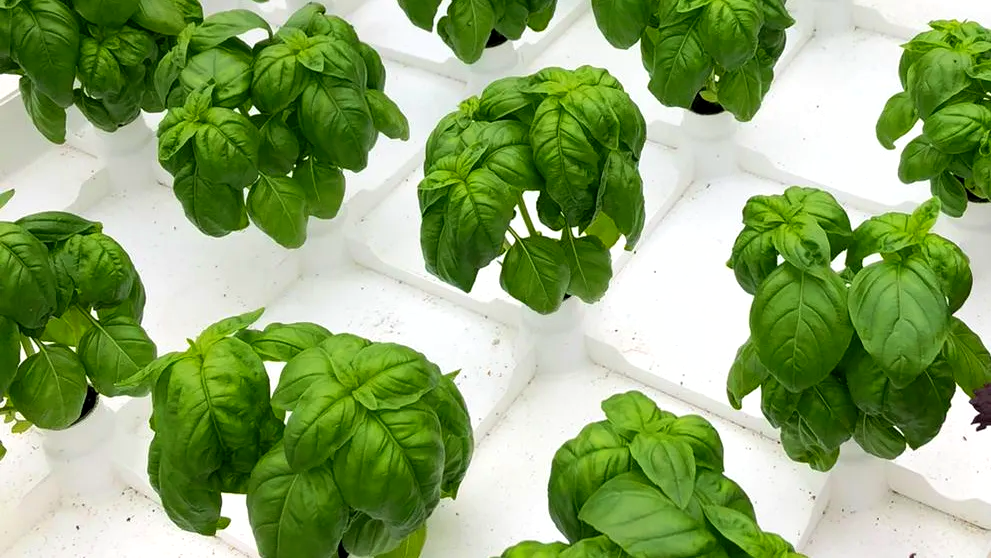
Basil
Schrijf uw onderschrift hierKnop
Lemon Balm
Schrijf uw onderschrift hierKnop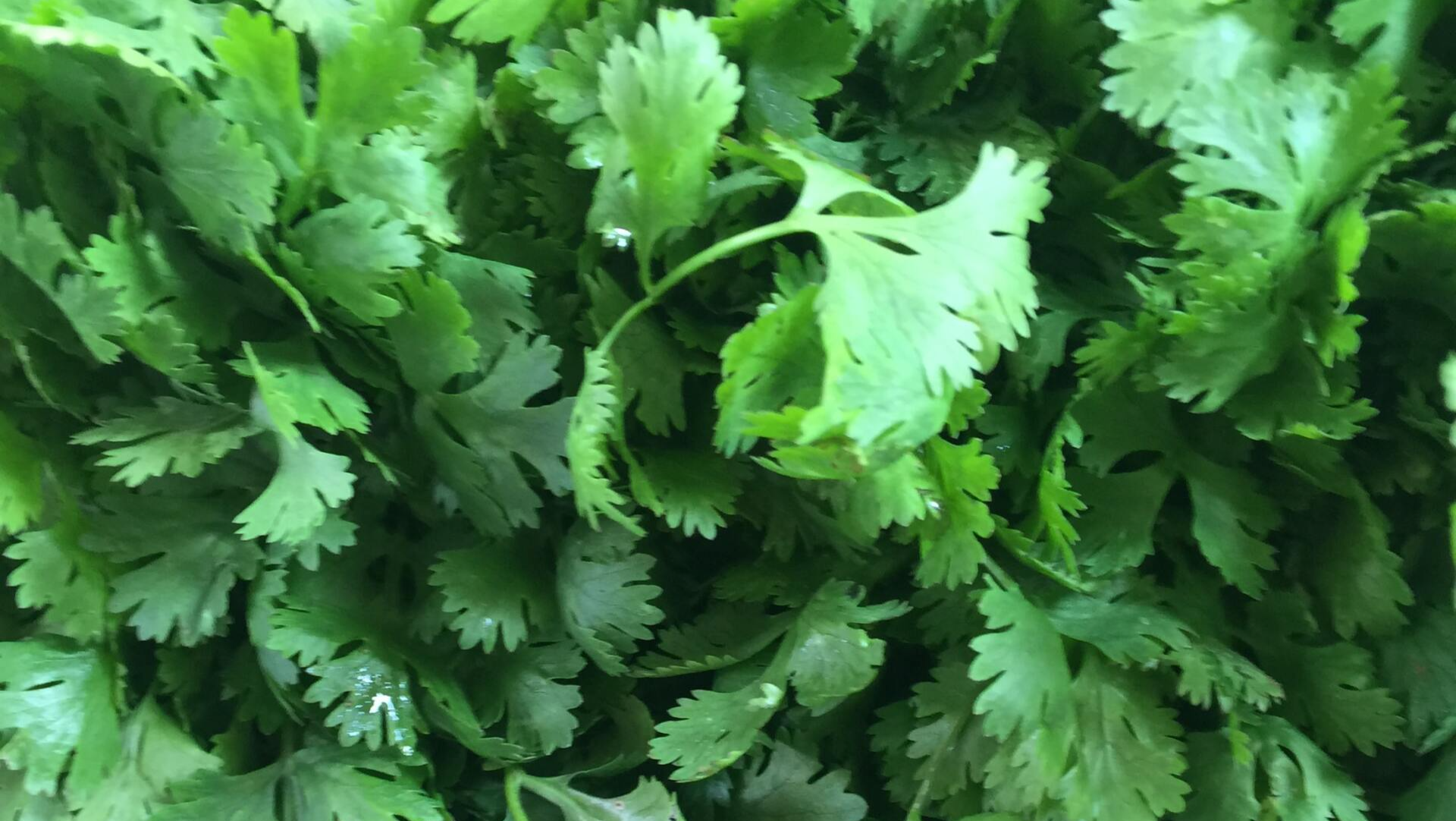
Cilantro / Coriander
Schrijf uw onderschrift hierKnop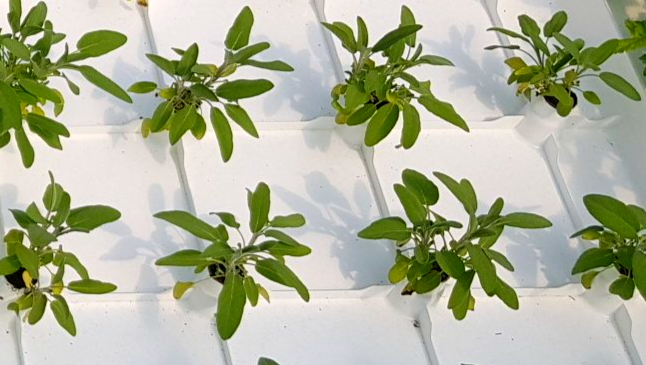
Common Sage
Schrijf uw onderschrift hierKnop
Other crops
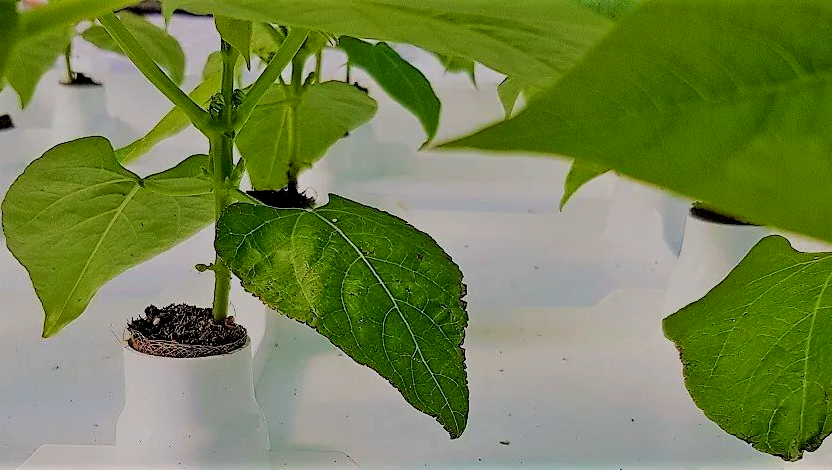
Green Beans
Schrijf uw onderschrift hierKnop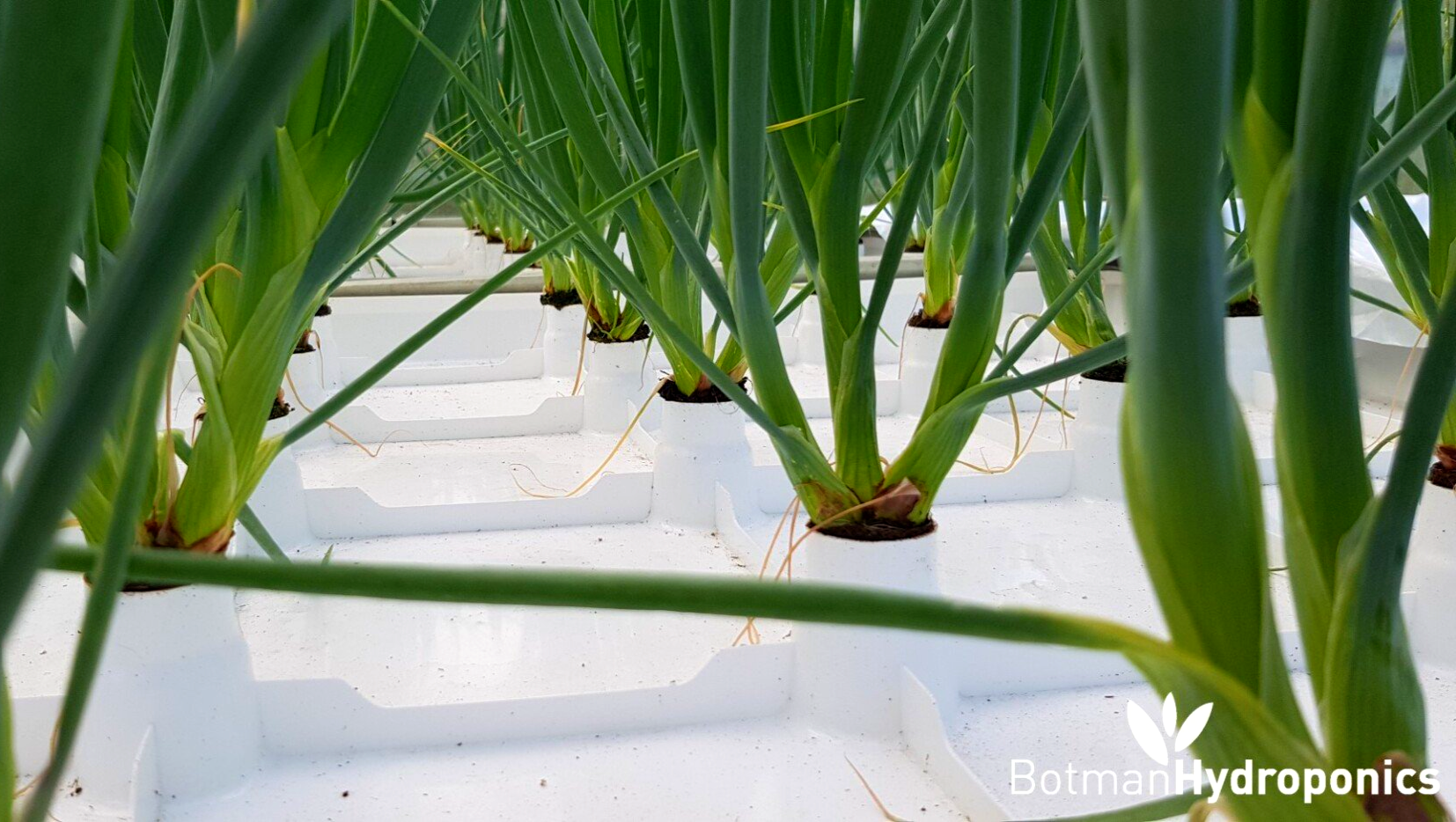
Green / Spring Onions
Schrijf uw onderschrift hierKnop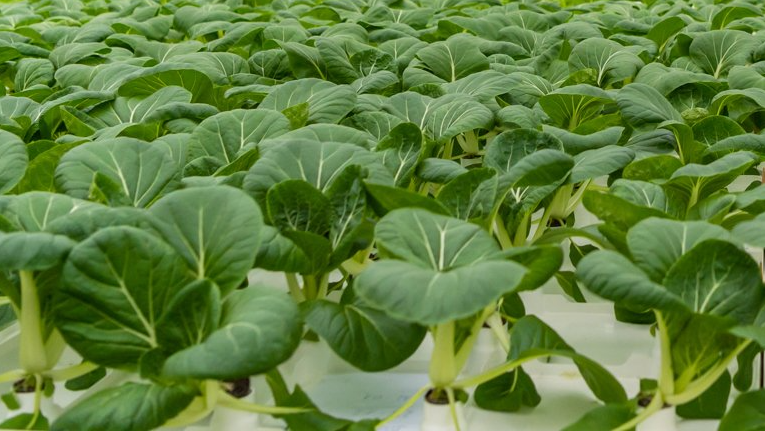
Bok Choy / Pak Choi
Schrijf uw onderschrift hierKnop
35.000
Floating Rafts already in use around the world.
17.424.000 +
Crops produced at our customers facilities on the Floating Rafts.
950 +
Shops selling our customers' fresh hydroponically produced crops.
Contact us
Thank you for contacting us! We will contact you as soon as we review your message.
We're sorry, it seems that something went wrong with sending your message. Please try again.









